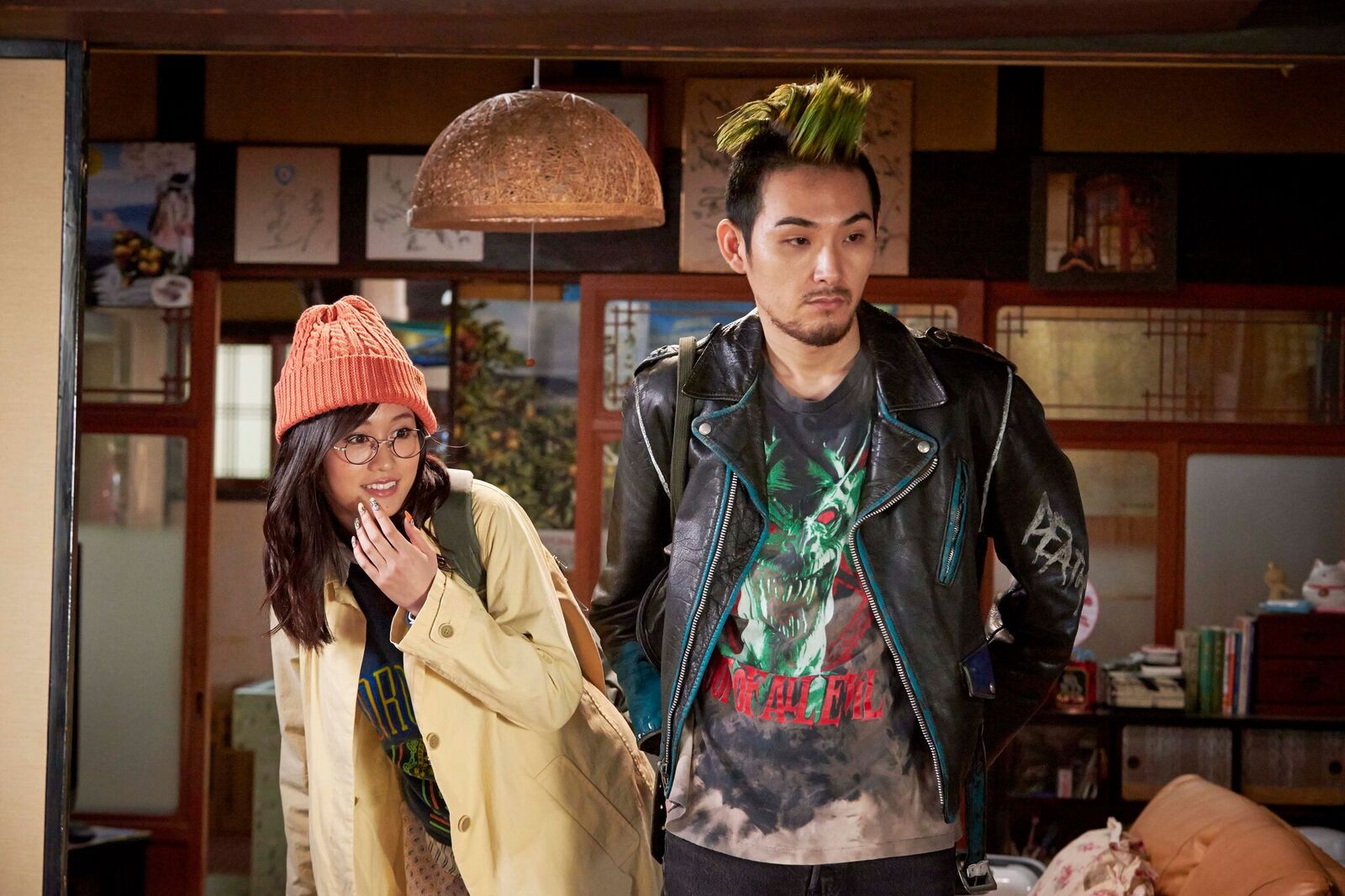
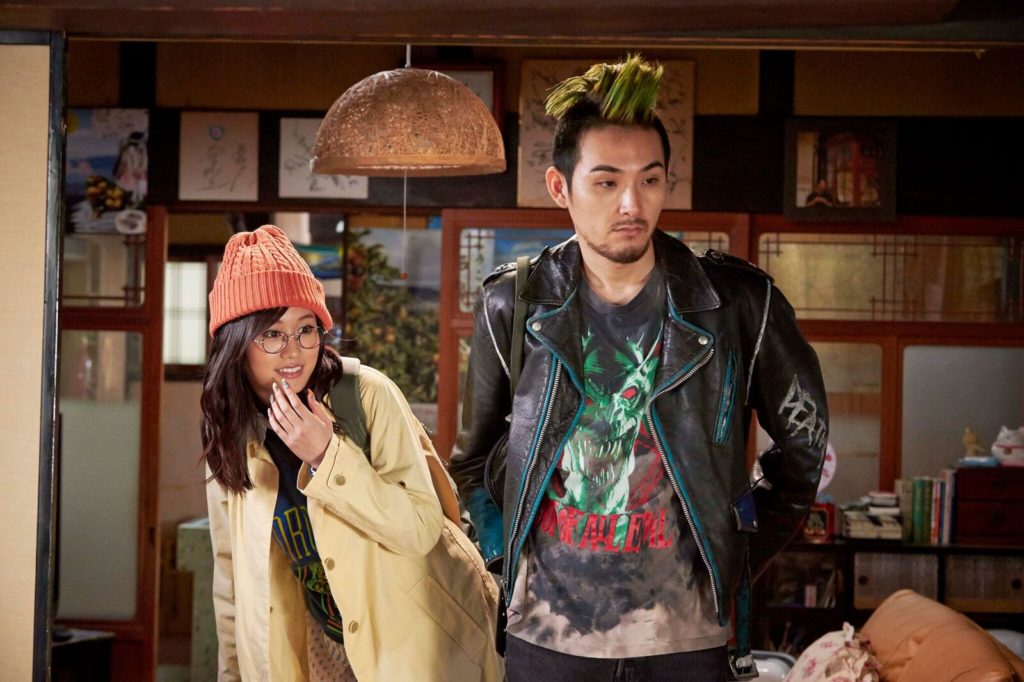
The Japan Foundation is offering an interesting perspective on Japanese society for its 2017 Touring Film Programme.
In Japan, I often get the impression that cinema is on its death bed. It’s not anyone’s fault in particular, but cinema is heading towards a tragic end, and it won’t be able to bounce back to how it used to be. Is it on the brink of collapse? Maybe. And I think that unless a succession of last minute surprises turn up, its “death” will come much faster than expected. But happily, cinema is still young. It’s possible it might be down and out for a time, but just a few good films could provide a lifeline, and then, maybe in a dozen years or so, there might be light at the end of the tunnel”. These pessimistic words from Kurisawa Kiyoshi, director of films such as Tokyo Sonata, Shokuzai and Kairo, might appear exaggerated in a country where 600 films are produced each year, and where local productions are more successful than films made in Hollywood. The phenomenal success of Your Name by Shinkai Makoto (See Zoom Japan n°47, December 2016) is quite convincing evidence against this view. Nonetheless, Kurosawa Kiyoshi’s vision might not be as far off the mark as it seems, in the sense that the recent success of Japanese cinema in its home territory might only be for the short term, as it continues to rely on the same old ingredients, which will begin to bore audiences in the end. Once all the currently fashionable manga have been adapted to the silver screen and the principal Japanese producers, who also control most of the distribution networks, have run out of inspiration, we can start fearing a collapse. This outcome is even more more likely because, in contrast to other film producing countries, Japan makes little effort to promote its cinema beyond its borders.
For a long time now, Hollywood studios have understood the commercial value of exporting their films, helped in their ventures by the indirect support of the the powers that be. Even Japan’s neighbours, China and South Korea, have increased their efforts to sell their cinematographic products internationally, while one country in particular — France — supports its filmmakers with subsidies to help distribute their work world wide. The French have also understood that the 7th Art is an excellent way to showcase their country and maintain relationships with the rest of the world. Although French films rarely rank at the top of the box office outside of their home country, the distribution across the world remains steady, with regular events are organized, such as the Richmond French Film Festival in the United States or the 25th Tokyo French Film Festival to be held in late spring 2017. On the other hand, Japanese film professionals are still cautious, and the authorities have made little effort to promote the image of their country through the cinema. Nevertheless, cinema is a fundamental factor in maintaining a strong bond with foreign audiences at a time when Japan wishes to attract more tourists. By 2020, Japanese politicians want to double the record of 24 million visitors to the country. They have decided to release substantial funds to promote tourism, yet they do not seem to be considering specific ways to increase their country’s drawing power. It goes without saying that cinema is an important way of doing this, although unfortunately it is, still neglected.
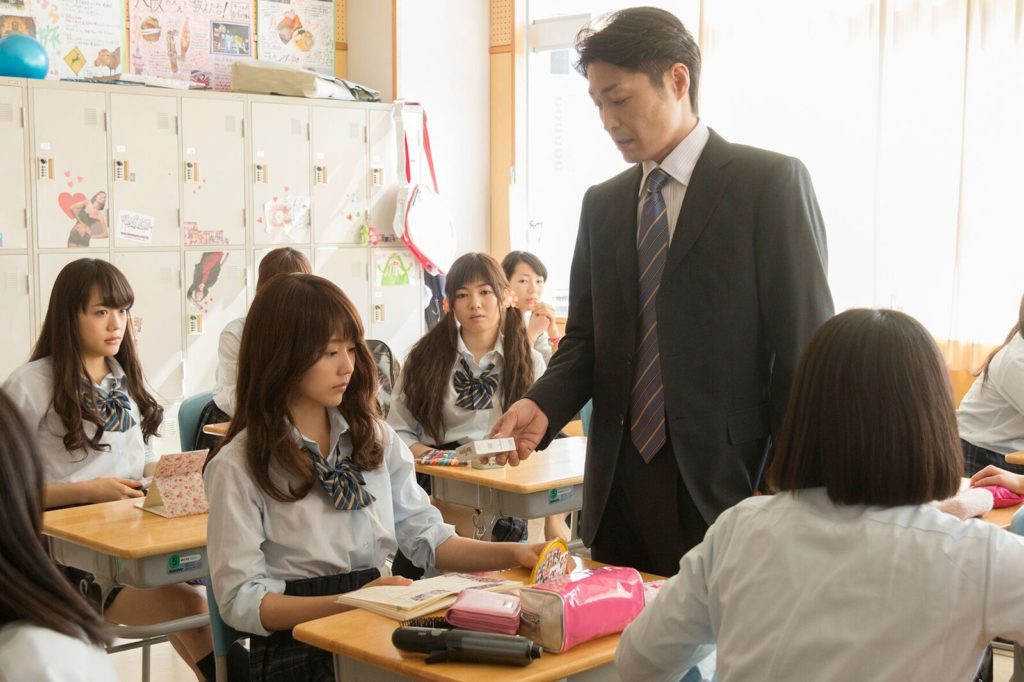
(Birigyaru, 2015).
Although the election of Donald Trump might tarnish its reputation, “the American way of life” has been largely promoted by films made in the USA. Meanwhile, France with its 80 million tourists per year, is still the premier tourist destination in the world. French cinema is no stranger to this success as, rightly or wrongly, it has filled the minds of millions of people with visions of a country that is a great place to live. So, all we can do is welcome any initiatives taken to help the distribution of Japanese feature films abroad. The Japan Foundation Touring Programme is one of those all too rare events in the world of Japanese cinema that just might demonstrate that all is not lost by promoting a renewed image of Japan, thanks to its original and varied programme. With the theme “Odd obsessions: Desires, Hopes and Impulses in Japanese Cinema”, the promoters of this travelling festival, which will visit 15 cities across the country and runs until the 29th of March, “promise to not only capture trends in Japanese cinema but also to provide a vivid insight into what drives human action. In short, they offer audiences the opportunity to immerse themselves in a Japan that is “off the beaten track”, and to discover to elements that are likely to arouse their curiosity. What is particularly interesting about this project organized by the Japan Foundation is that the films to be screened were not chosen at random. A lot of work has gone into selecting the works to be exhibited, which includes a selection of films ranging from Okita Shuichi’s latest production, The Mohican comes Home (Mohikan Kokyo ni kaeru, 2016), a film that casts a light on the gap dividing cities in Japan from the rural hinterlands and touching on issues as fundamental as demographic problems, to the classical Odd Obsession (Kagi,1959) by Ichigawa Kon, adapted from the novel by Tanizaki Junichiro. A total of 16 films are on the bill, including documentaries and animated films such as the excellent A Silent Voice (Koe no katachi, 2016) by Yamada Naoko, which deals with the important issue of ijime (bullying) in schools, following a young boy Shoya who feels remorse after having picked on Shoko, one of his classmates who is deaf. This commentary on a social reality, which is all too often front page news in Japan, is tackled with great subtlety and will undoubtedly encourage viewers to reflect on the issue. Flying Colours (Birigyaru, 2015) by Doi Nubuhiro takes an original and uncompromising look at Japanese University entry exams. It is all the more interesting for showing amidst the current public debate across the country about the ultra-competitive environment surrounding young Japanese adults.
All of the films offer an original perspective on Japan, though their purpose is never to describe an “ideal country”, and they display that touch of sometimes harsh reality essential for creating and maintaining a relationship with an audience hungry to discover a world they know little about. It’s important for further new events of this kind to be organized in the United Kingdom, but also in the rest of the world so that neither Japanese cinema nor Japan itself collapse in the manner envisaged by Kurosawa Kiyoshi.
Since 2004, the japan Foundation has put together seasons of films under carefully curated themes to highlight trends in Japanese cinema, and has showcased the versatility and uniqueness in some of the finest works coming out of the nation, working in close partnership with distinguished film venues such as the ICA. For details please visit: www.jpf-film.org.uk
GABRIEL BERNARD

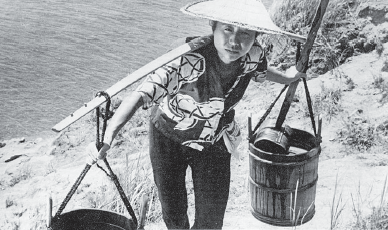
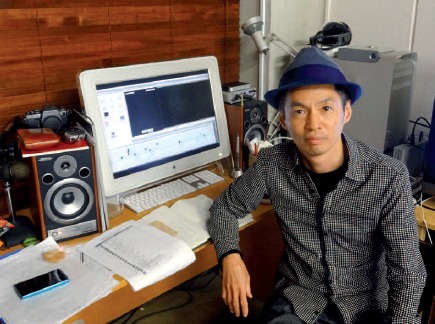
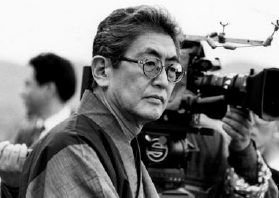

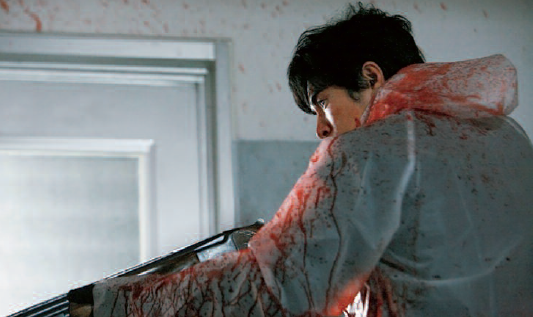
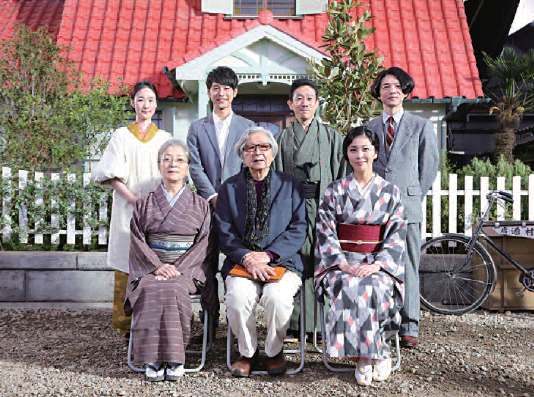
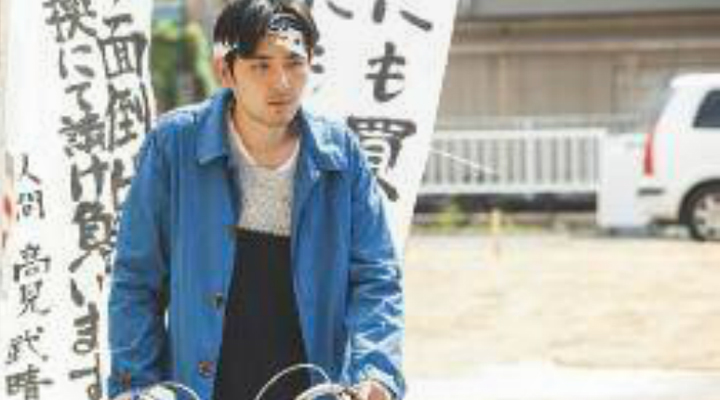
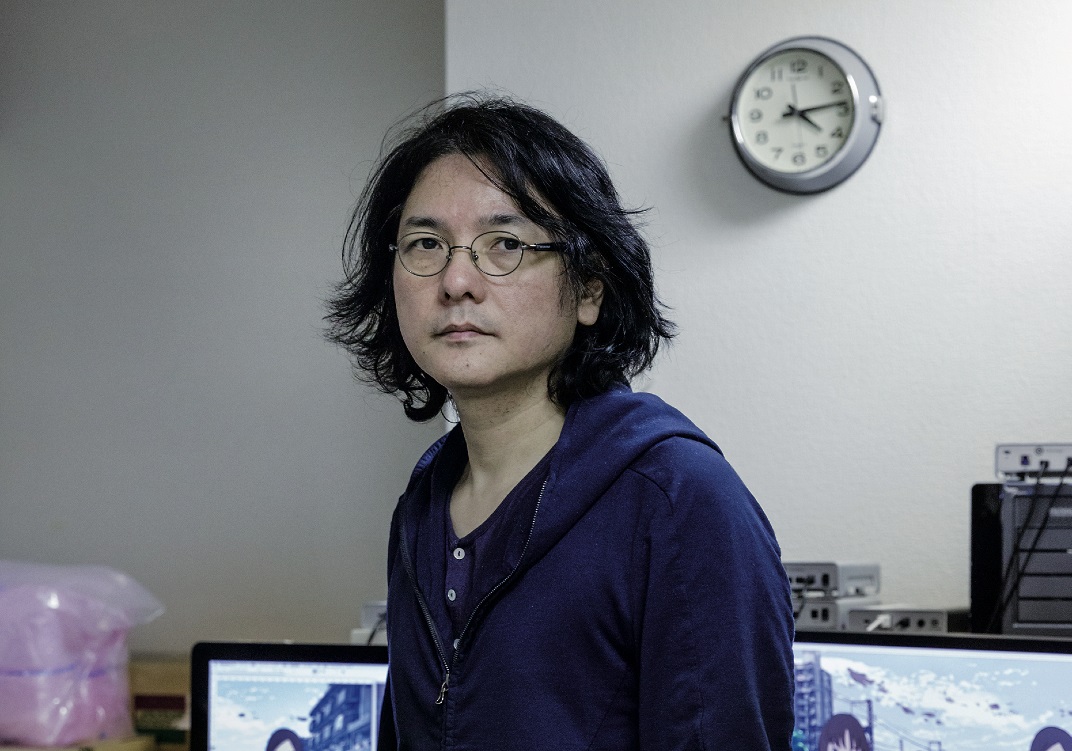

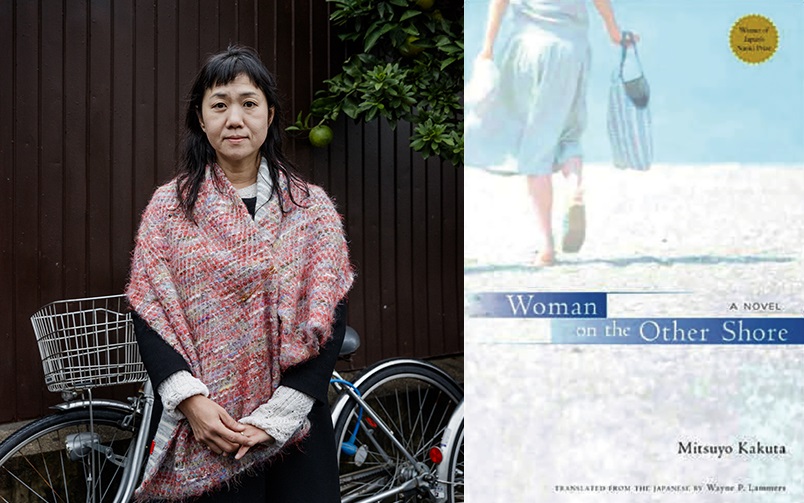
Leave a Reply